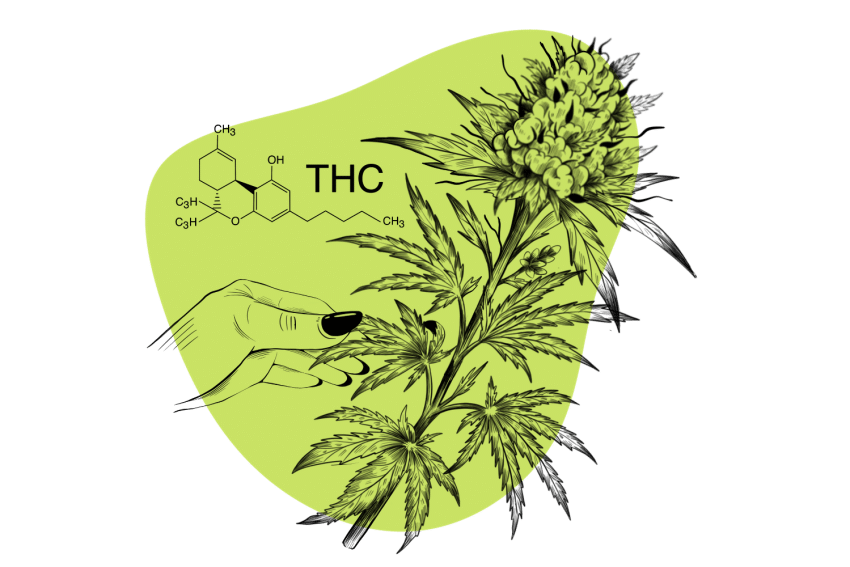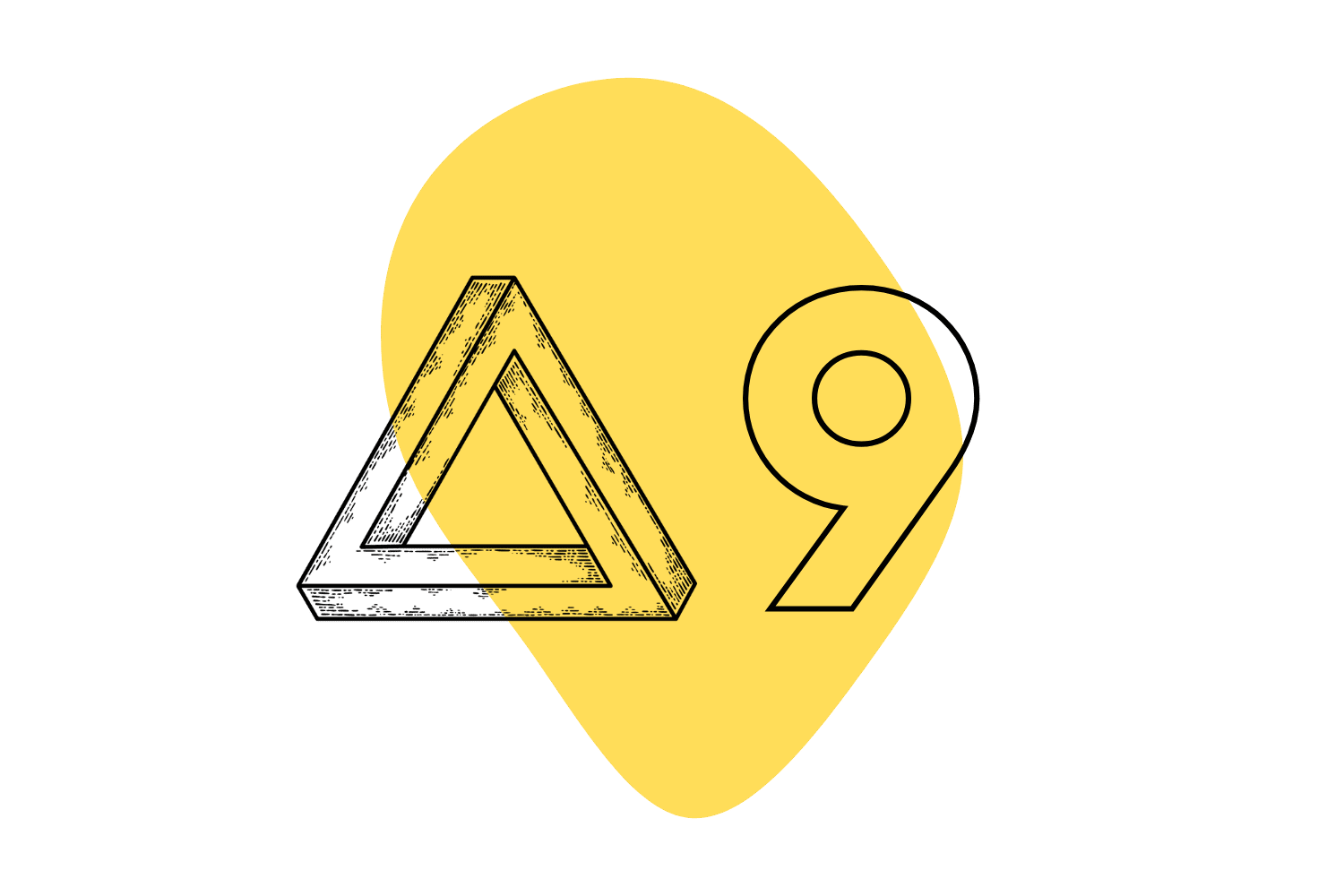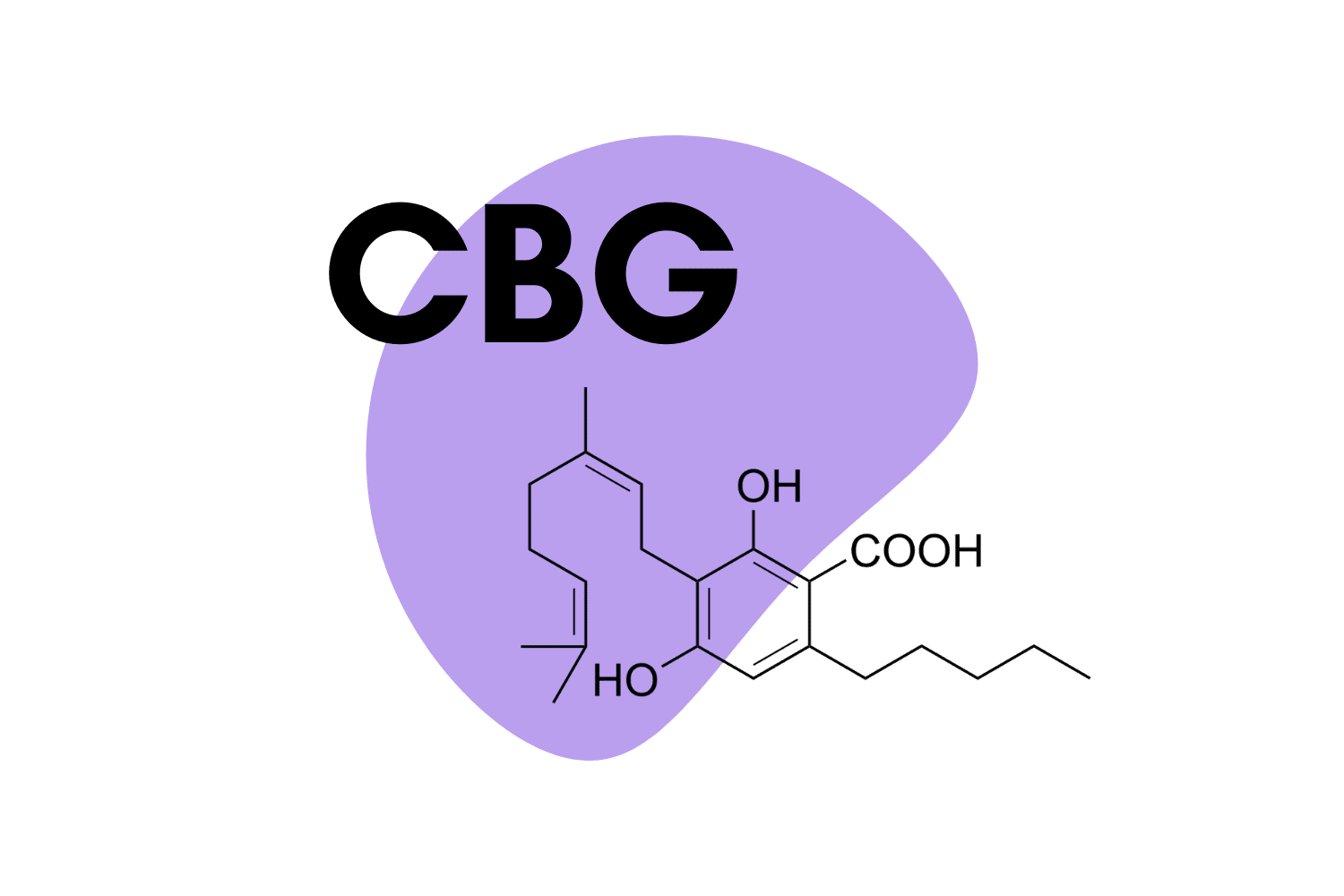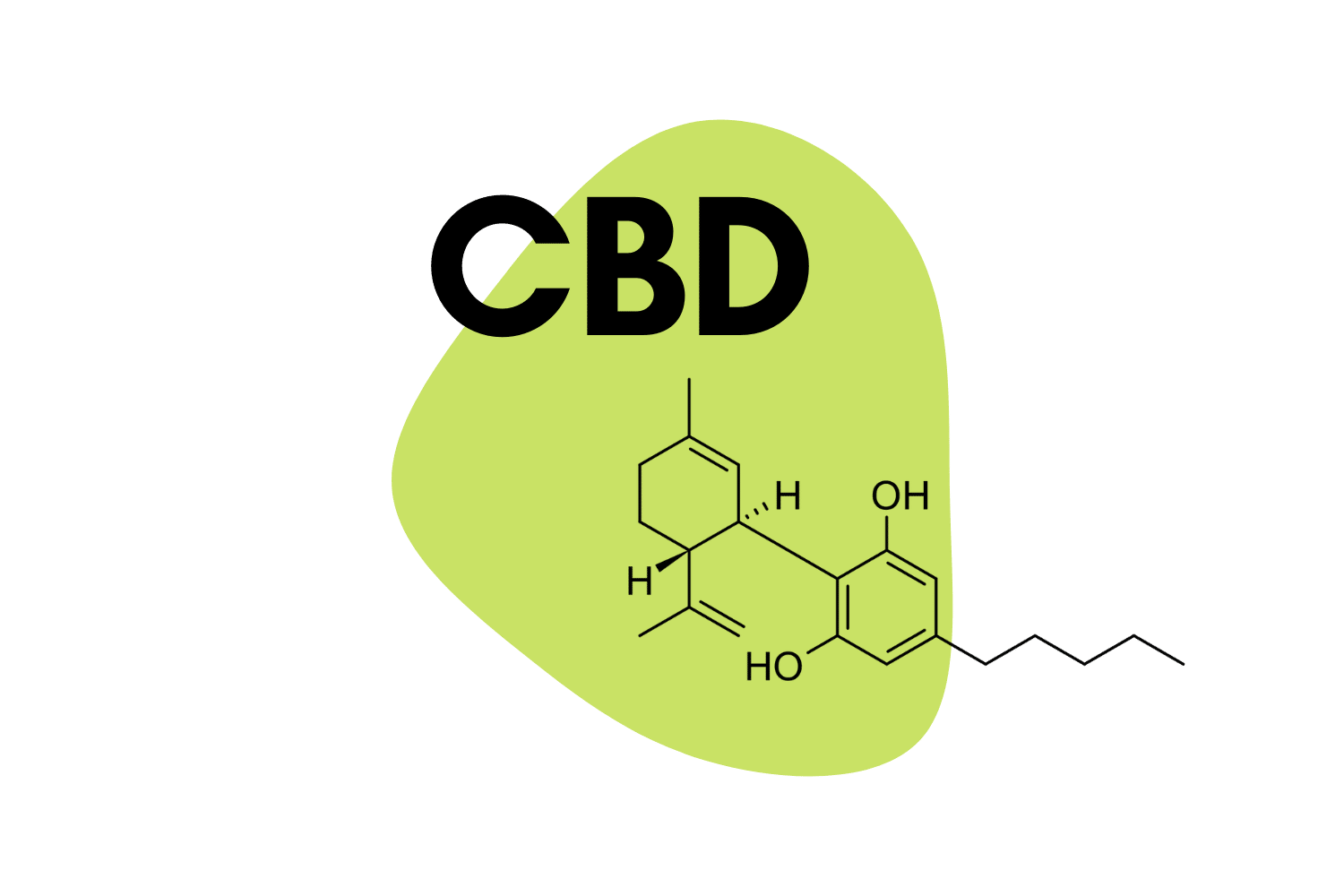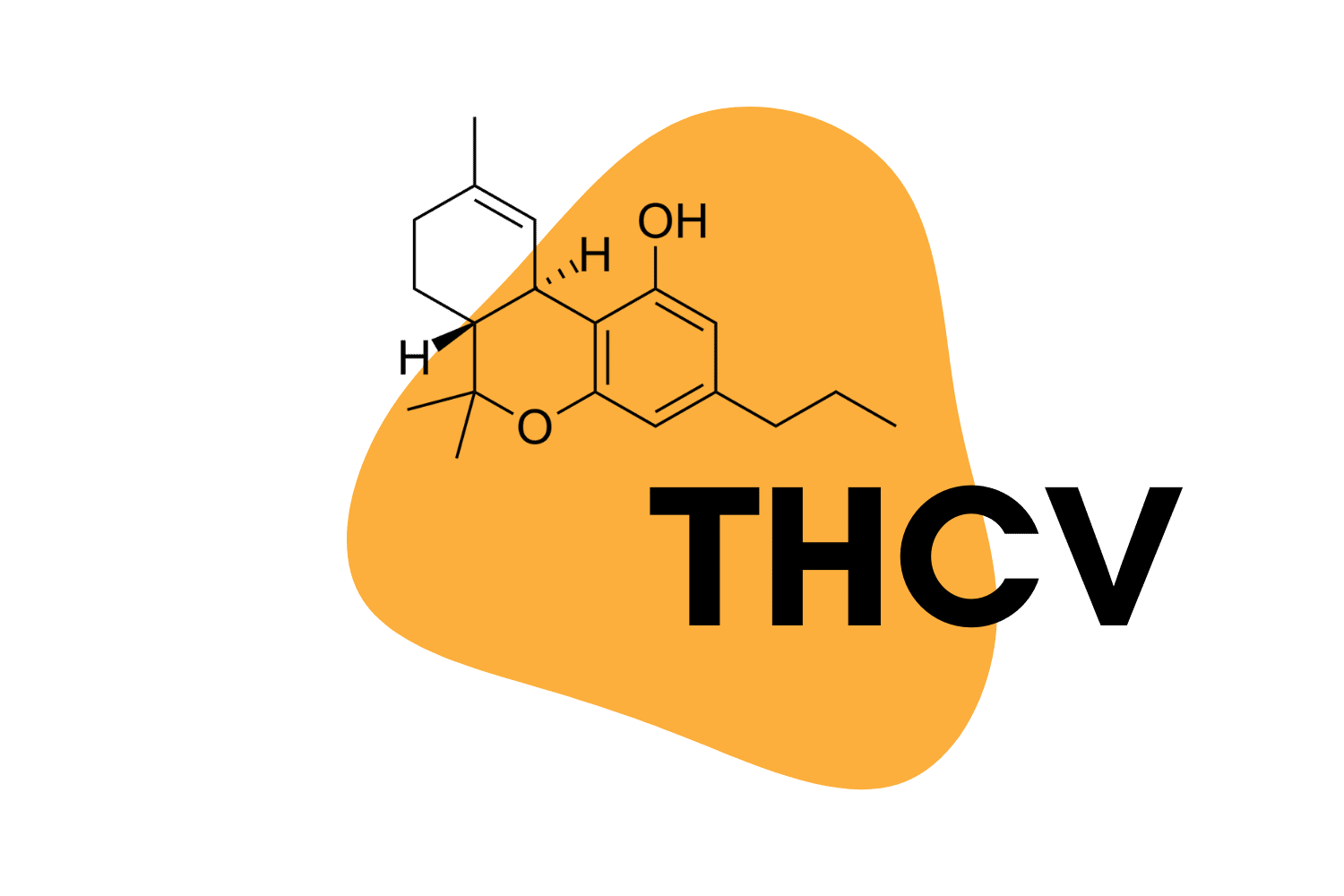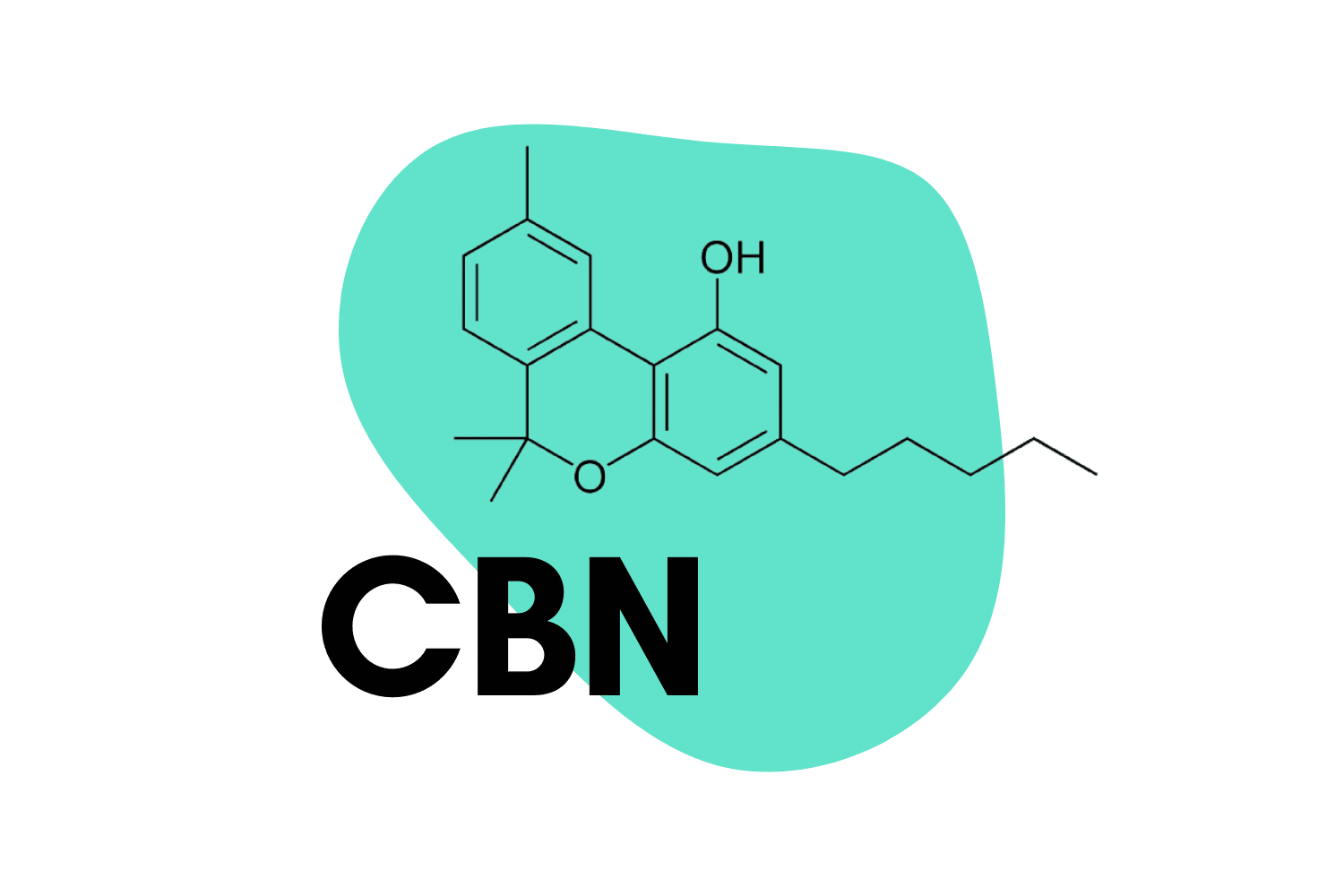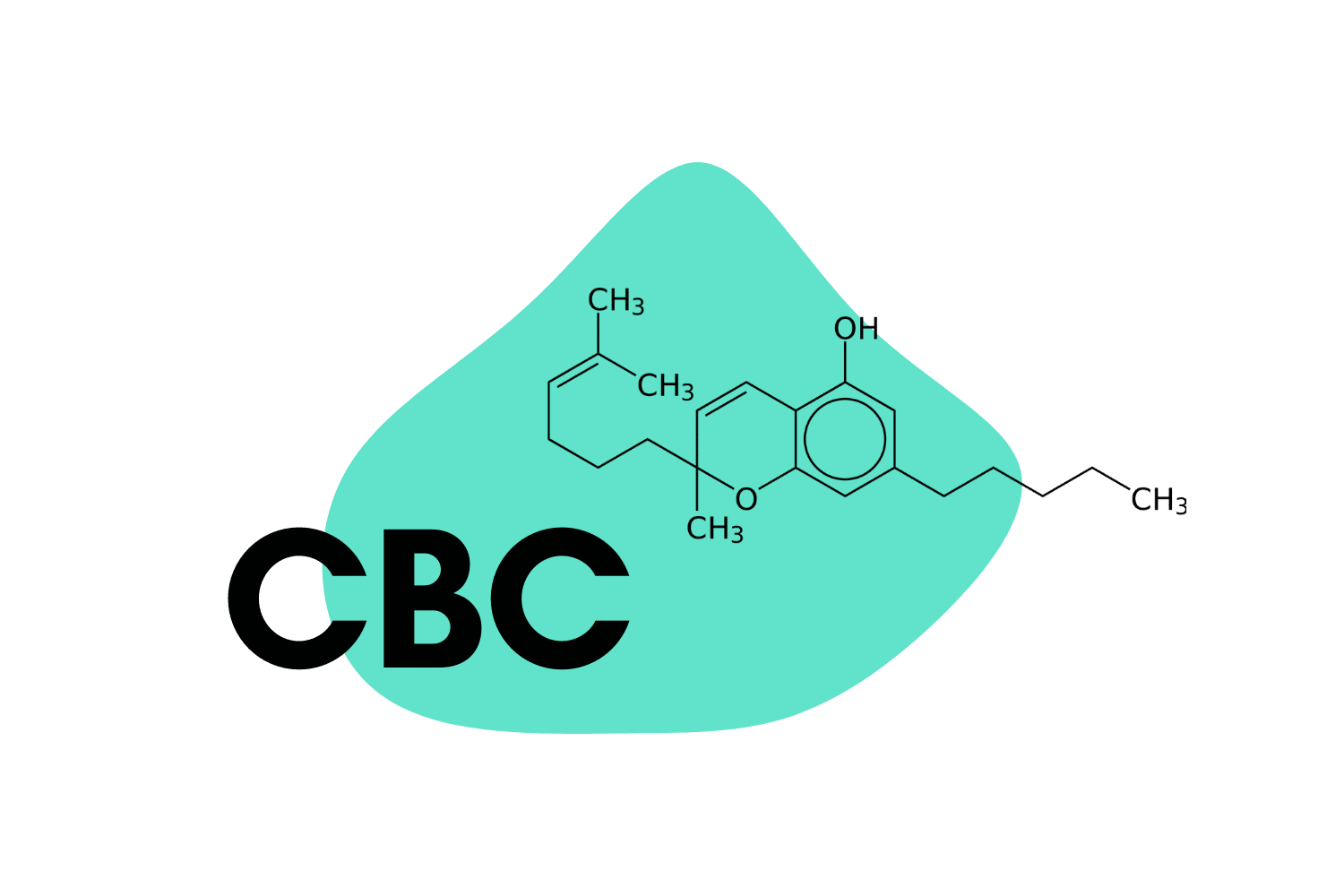Can You Microdose THC & Marijuana?
Sub-perceptual doses of THC won’t make you high, but many users believe the practice can help alleviate pain, improve focus and concentration, and support greater health and wellbeing. Here’s how it works…
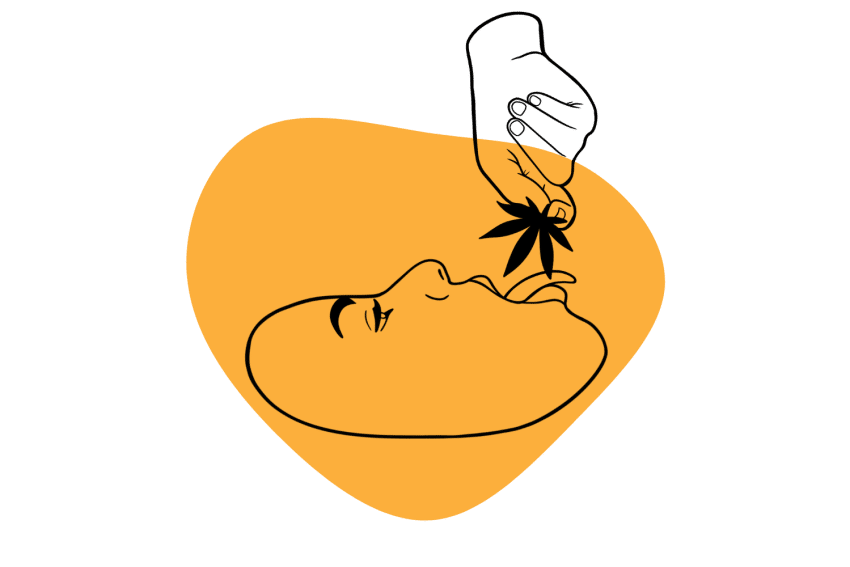
Cannabis has many benefits, but the intoxicating effects of THC (delta-9-tetrahydrocannabinol) can be problematic, especially if you plan on working or need to drive.
Although there are non-psychoactive cannabinoids, such as CBD (cannabidiol) or CBC (cannabichromene), that boast various health benefits, there are unique advantages of the psychoactive cannabinoids that these non-psychoactive options simply can’t offer.
So, how can you gain the benefits without getting high?
Microdosing THC could be the answer.
We’ll examine whether microdosing is just another trend or if there’s evidence proving its effectiveness. We’ll also examine how to take a microdose, what forms are available, and how to combine different cannabinoids to improve their effects.
What is Microdosing?
The practice of microdosing involves consuming a sub-perceptual dose of a mind-altering substance.
This is most commonly done with drugs like magic mushrooms or LSD (lysergic acid diethylamide). Many believe these drugs’ microdoses can help ease anxiety and depression, promote creativity, or enhance focus and productivity without “tripping.”
Cannabis isn’t psychedelic, and you don’t hallucinate from a regular dose of the substance, but it will intoxicate you and alter your inhibition. Benefits-wise, it’s believed that microdosing with THC can offer similar benefits to other psychoactive substances — it promotes more out-of-the-box thinking, may enhance one’s ability to solve complex problems, improves focus and attention, and delivers a subtle euphoric effect.
The biggest risk of microdosing cannabis is taking too much when you didn’t plan on getting high.
To see success with microdosing (getting the benefits without getting high), start with extremely low doses. The usual starting point is around 10% of a normal dose. THC is active, starting at doses around 5–10 mg, so a good starting point is around 0.5–1 mg.
By doing this, you can slowly increase the dose until you feel you’re getting the desired benefits (pain, inflammation, or anxiety relief) without feeling intoxicated.
This method can be used for cannabis and any other substances you wish to microdose. There are some recommended doses for achieving a non-intoxicating microdose — we’ll get to these later.
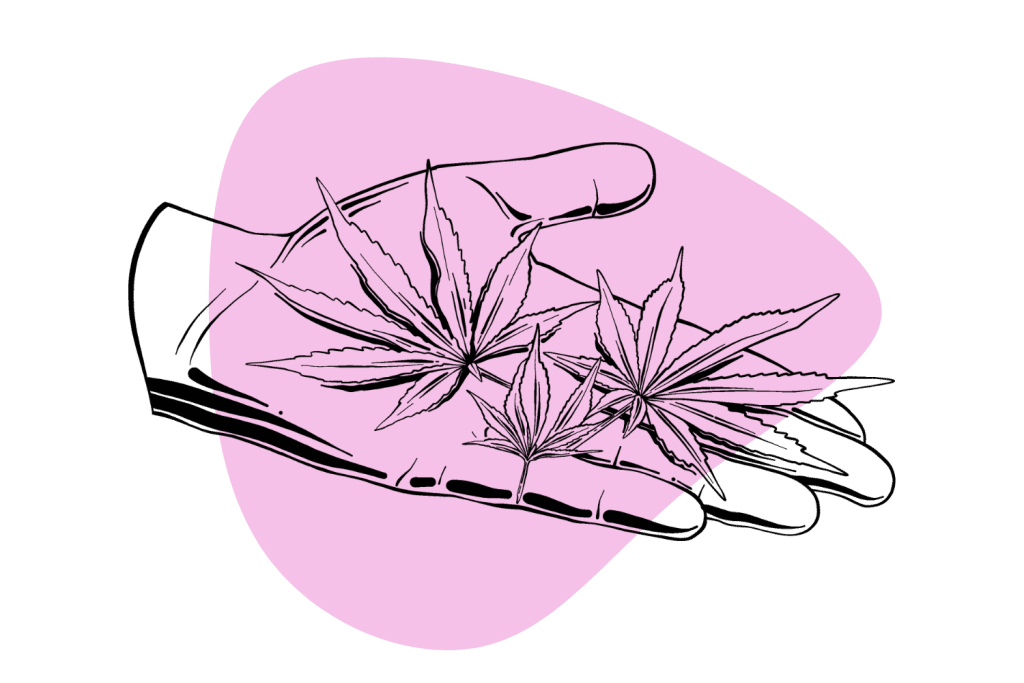
What Are The Benefits of Low-Dose THC?
Cannabis seems to be getting stronger and stronger in terms of THC levels. New strains are produced yearly that produce higher concentrations of the psychoactive compound tetrahydrocannabinol — THC for short. However, that’s not to say you need to consume higher levels of THC to benefit from the cannabinoid.
If your aim is to use marijuana for recreation, you’re probably looking for the next super-potent THC-rich strain. However, if you want to use cannabis for the potential health benefits of THC, sometimes, less is more.
Low doses of THC produce different results than high doses, and, of course, lower doses won’t get you as high. There’s a lot to say about microdosing THC; in some cases, microdosing can prove more effective than a higher dose.
For example, one study tested the effects of a 7.5 mg dose and a higher 12.5 mg dose of THC on people about to attend a mock job interview [1]. The results showed that the lower dose group experienced less stress and reduced emotional responses during the interview compared to the high-dose group.
Similar results have also been produced in medical research studying pain, anxiety, and insomnia (more on this later).
The Benefits of Microdosing Marijuana:
- May help alleviate pain & inflammation
- May help reduce stress & anxiety
- May help regulate strong emotional responses
- May improve focus & concentration
- Promotes feelings of relaxation
- Improves divergent thinking & creative flow states
- May improve productivity
- Promotes sleep & recovery
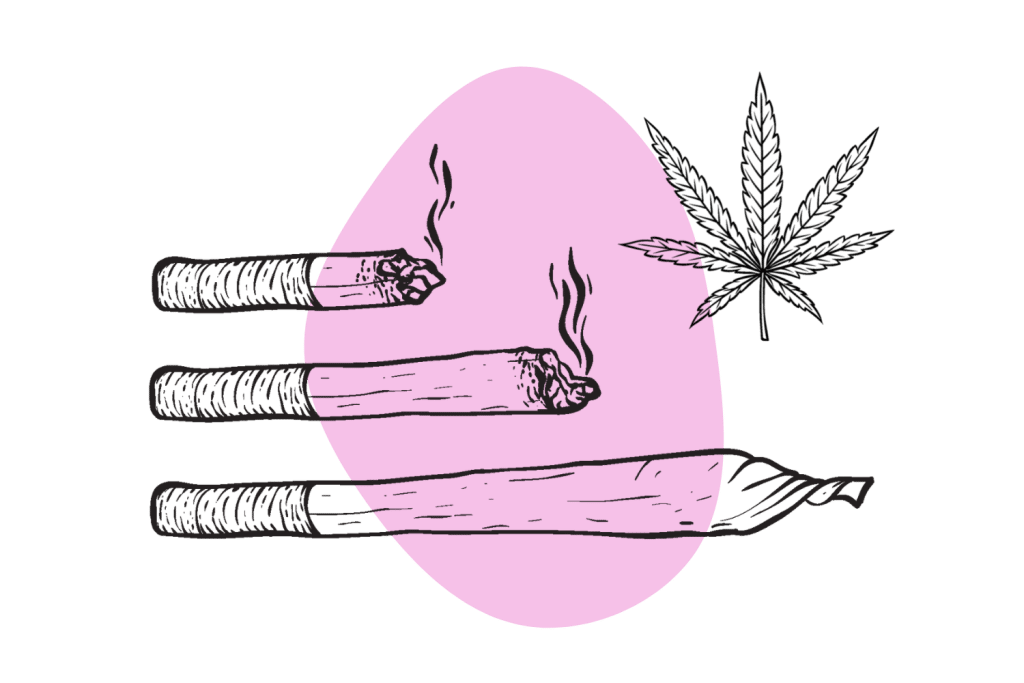
How Much is a Microdose of THC?
The required strength of a cannabis microdose will vary from person to person. However, an effective microdose is somewhere between 0.5 and 1.5 mg of THC. This is roughly 10–15% of a standard psychoactive dose.
This works for delta-8 THC and delta-9 THC as well as all the related derivatives (HHC, THC-O, THCP, THCV, etc.).
The standard psychoactive dose of THC (the cannabinoid in cannabis responsible for the high) is somewhere between 5 and 10 mg — sometimes more. It’s hard to pinpoint a specific threshold dose for THC because everybody is different.
Are the microdose measurements different depending on the forms of THC consumed?
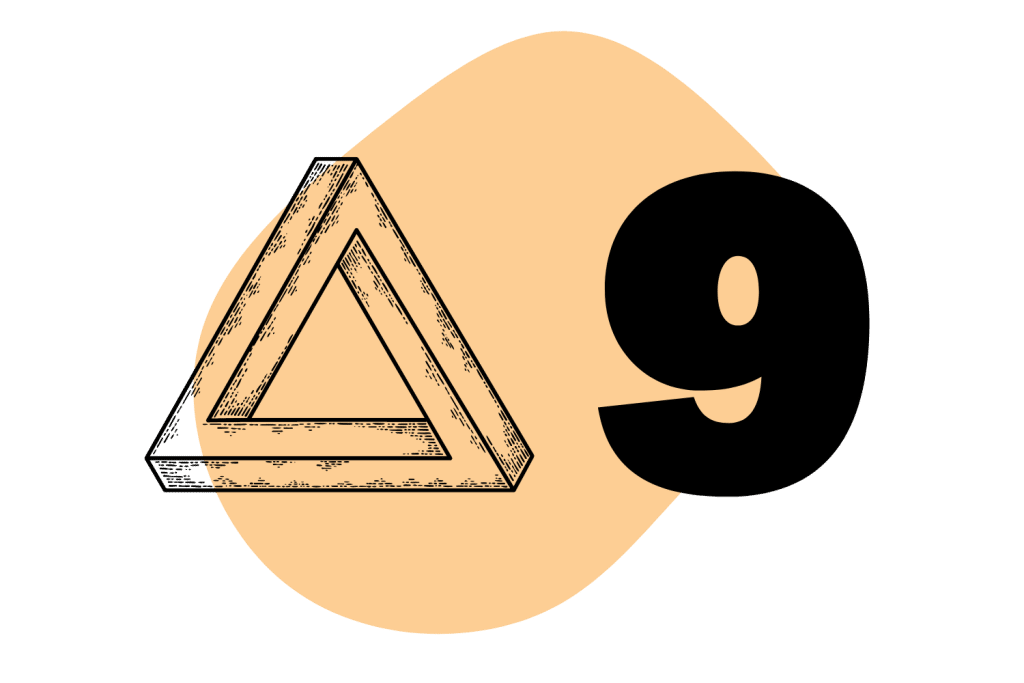
1. How Much is a Microdose of Delta 9 THC?
Depending on the person, a microdose of delta 9 THC is considered to be between 0.5 and 1.5 mg. Frequent cannabis users may be able to take up to 4 mg of delta 9 THC without feeling the intoxicating effects.
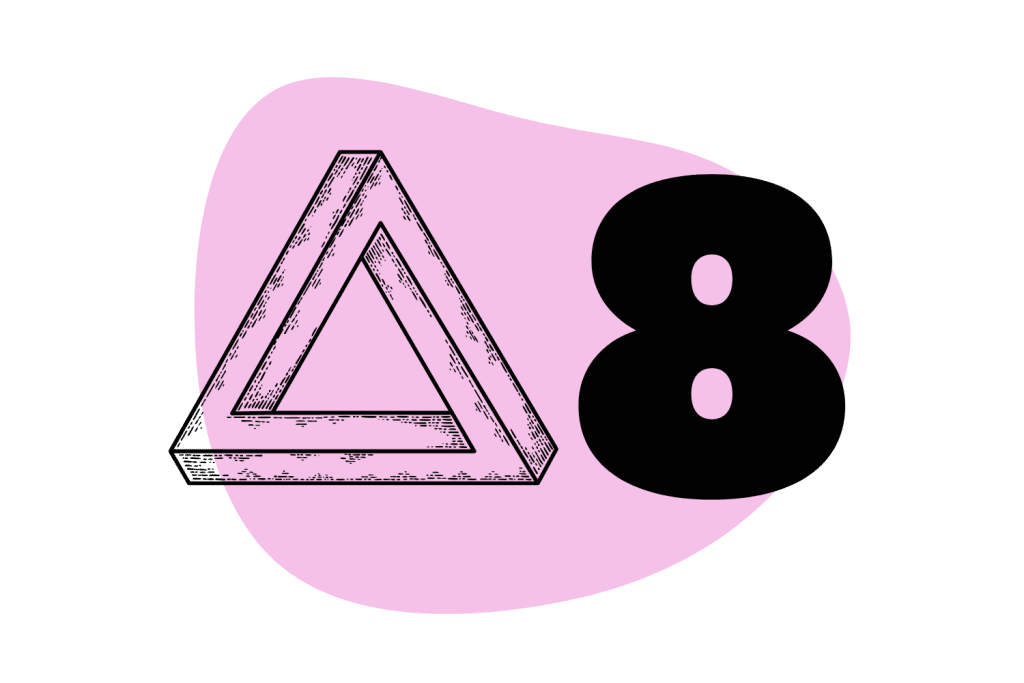
2. How Much is a Microdose of Delta 8 THC?
Delta 8 is roughly half as strong as delta 9 THC, so a microdose of this cannabinoid sits somewhere between 1 and 3 mg. It’s not uncommon for experienced users to take even more than this — somewhere in the ballpark of 5–8 mg total.
If you’re new to cannabis or the cannabinoids it produces, starting with 1 mg is usually a safe bet.
Delta 8 THC is associated with having a more relaxing profile than delta 9 THC and, therefore, may be a better option if the goal is relaxation.
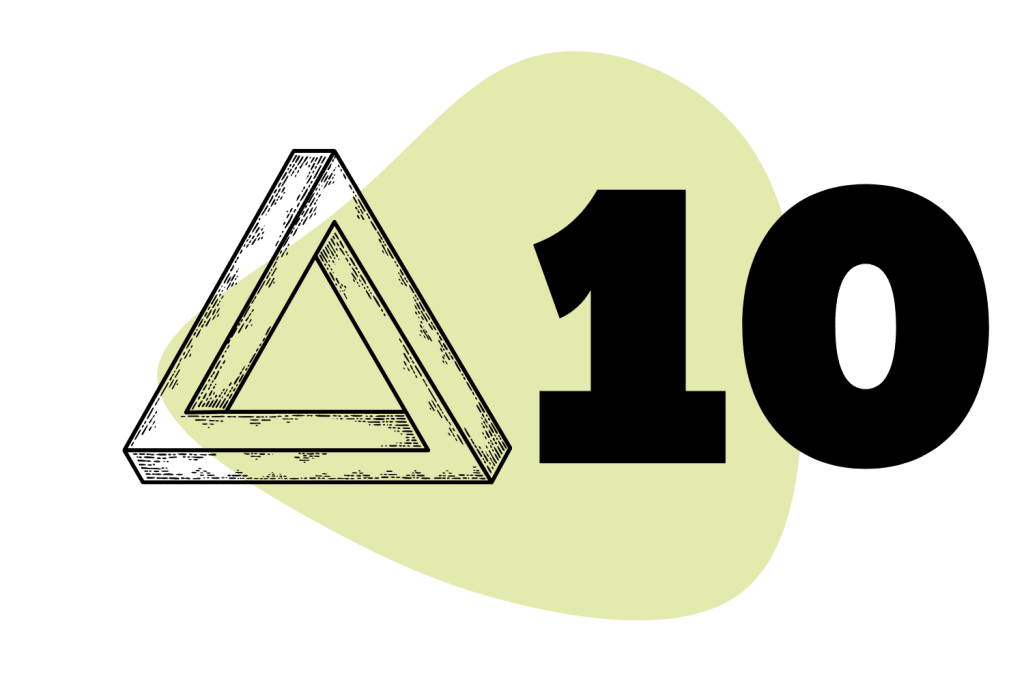
3. How Much is a Microdose of Delta 10 THC?
Delta 10 THC is about 20% less potent than delta 8 THC, so a microdose of this cannabinoid is somewhere around 1.2–4 mg.
There isn’t much information on microdosing delta 10 THC because the delta 8 and delta 9 variants are far more popular.
Delta 10 is associated with having more focus-enhancing and stimulating effects.
How Can You Microdose Cannabis?
There are many different ways to consume cannabis and isolated cannabinoids. Some consumption methods are more efficient, convenient, and accurate than others.
Let’s take a look at the options:
1. Microdosing With Oils & Tinctures
Tinctures and oils are an extremely easy and accurate way to microdose THC and other cannabinoids.
You’ll need to determine the exact potency of the oil and how many milligrams per mL before microdosing. Some companies will list the mg/mL on the product’s label, but others simply list the total potency of the bottle. If the latter is the case, all you have to do is divide the total THC content by the bottle’s volume.
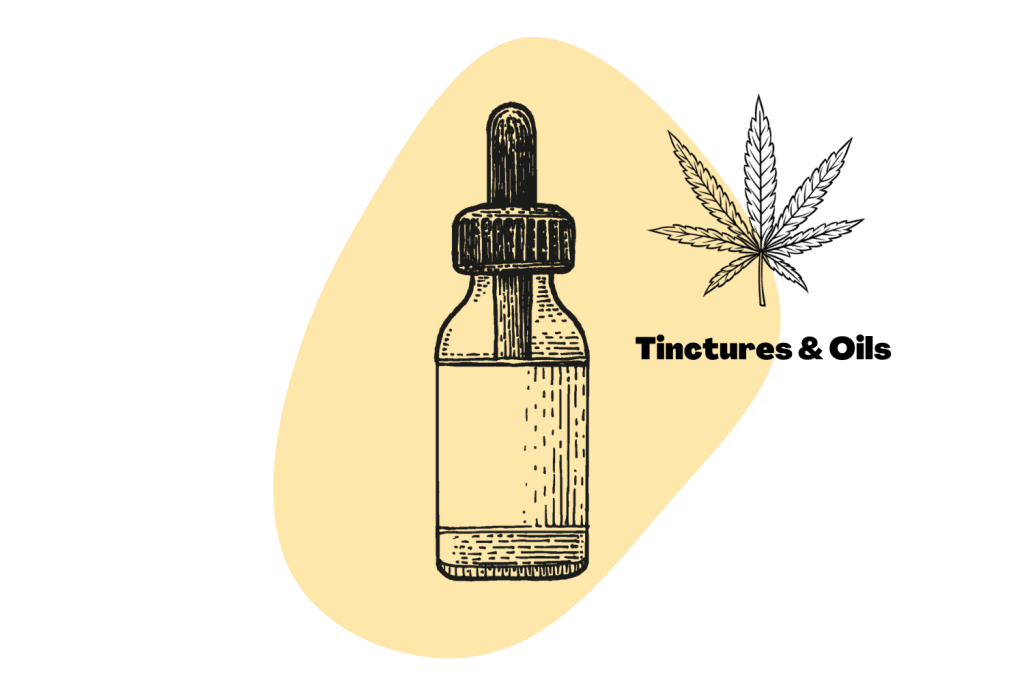
Potency Formula: [TOTAL CANNABINOID CONTENT] ÷ [TOTAL VOLUME OF THE BOTTLE] = [POTENCY IN MG/ML].
One milliliter (mL) of oil works out to around 28 drops. Most droppers that come with tinctures are designed to hold exactly 1 mL.
For microdosing, we need to take this one step further and determine the potency per drop — especially if using tinctures that contain more than 1000 mg of cannabinoids.
To do this, simply divide the potency (in mg/mL) by 28 (the number of drops in one mL of oil).
Drop Potency Formula: [POTENCY IN MG/ML] ÷ 28 = [MG PER DROP].
For example — let’s say we have a bottle of delta 8 THC tincture that contains 1200 mg of the active ingredient and 30 mL of oil (1 oz).
First, we divide 1200 by 30 to get a dose of 40 mg/mL.
Next, we divide 40 mg/mL by 28 drops to get around 1.5 mg of THC per drop.
With a potent oil like this, a microdose of delta 8 THC is just 1 or 2 drops of tincture.
2. Microdosing With Edibles & Capsules
Using capsules or edibles is a bit more tricky to use for microdosing unless the capsules were already designed in small doses. This is much easier if you order THC capsules intended for microdosing — but this is not common. Most capsules contain psychoactive doses.
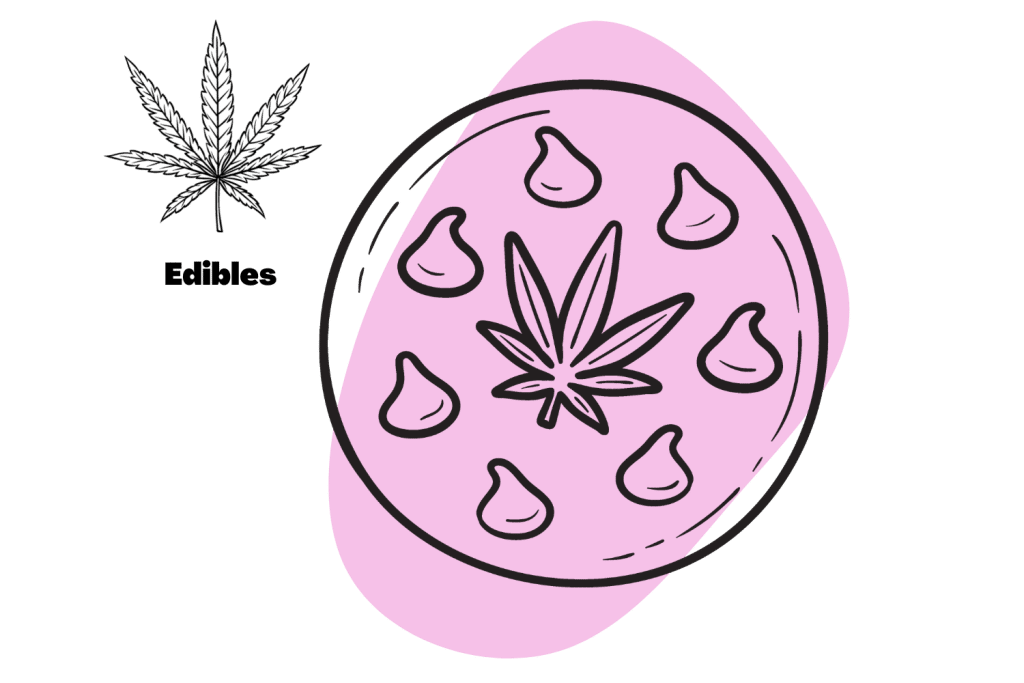
There are several products available that contain edibles or capsules containing THC levels of 2.5 mg, 5 mg, 7.5 mg, and up. So if your intention is to microdose, it’s best to go for the lowest concentration possible.
3. Microdosing By Smoking & Vaping
Vaping or smoking can also be used to microdose, but it will not be as accurate as the other methods described above.
The advantage of this method is the rapid onset of effects. Within about 5 minutes, you’ll already feel the effects.
People who vape cannabis in microdoses will usually start with just one puff and wait about 5 minutes before deciding if they can take another one or not.
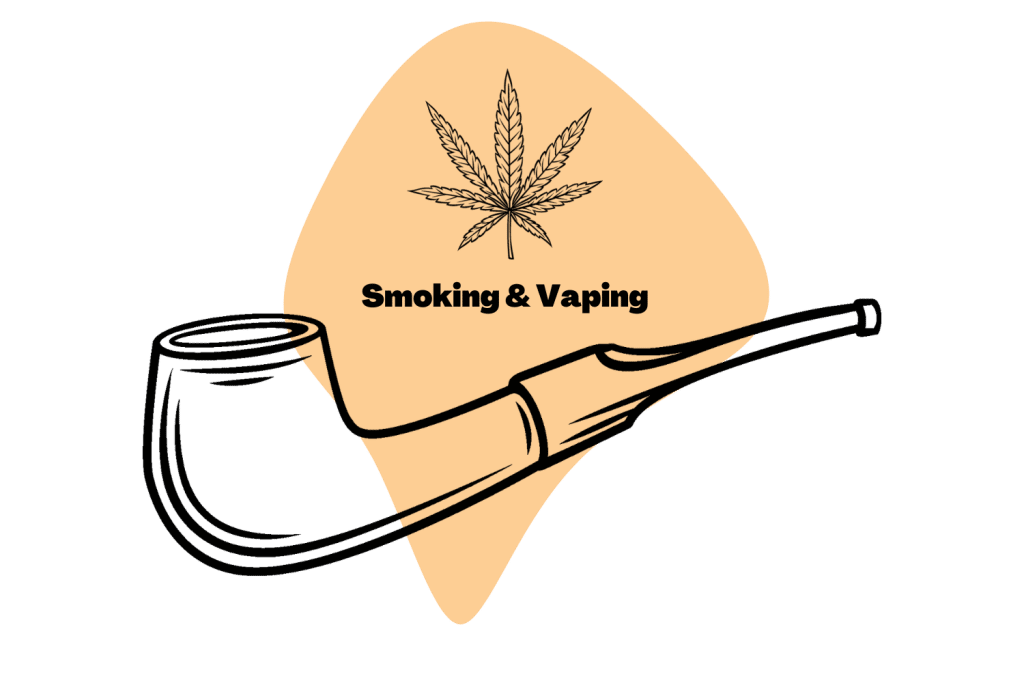
Remember that THC is far more bioavailable when inhaled as smoke or vapor, so it’ll take less to get you high. Start low and go slow if this is your first time.
Vaping or smoking is probably not the best method for microdosing unless you’re very familiar with how your body reacts to cannabinoids. It’s also not a good option if it’s important for there to be no chance of getting high by mistake.
How Often Should You Microdose with Marijuana?
How often a microdose of THC is taken will vary from person to person, but most people take one to three doses per day.
This differs from psychedelic microdoses, which should only be used at most every second or third day.
The effects of THC only last about 3 or 4 hours, so the first THC microdose is usually taken in the morning after you wake up and topped up every 4–6 hours throughout the day.
Some people will leave it at that and only consume a single microdose daily. Others may take another dose at lunchtime and again before they go to sleep.
When you first start microdosing with cannabis, we advise you to take one daily dose. Start on a weekend or day when you don’t have to work, study, or drive. This way, you can monitor the effects of the microdose and ensure that you’re not receiving any psychoactive effects.
Once you’re sure that the microdose isn’t affecting your inhibition, you can start taking them on average working days. Once you have more experience, you can start experimenting with multiple doses throughout the day if needed.
Can You Microdose CBD?
Yes, you can microdose CBD, but there isn’t really much point.
CBD (cannabidiol) is a non-psychoactive cannabinoid, so there is no need to microdose it. In fact, it’s often far more effective in larger doses.
You can take extremely large doses of CBD without experiencing any changes in your inhibition. Some studies have even involved doses of over 1500 mg per day. That said, there’s usually no need for the average person to consume an amount that large.
The key to CBD is finding a dosage that works for you. Microdoses aren’t ineffective, but as with extremely high doses, they’re unnecessary. CBD is best taken at dosages in the range of 20-50 mg multiple times per day.
Although microdosing CBD is considered somewhat pointless, using a weak to moderate dose alongside a THC microdose may improve the beneficial effects received. There is much to say about the entourage effect — a phenomenon where multiple cannabinoids and terpenes work synergistically to create a stronger, longer-lasting array of effects [2].
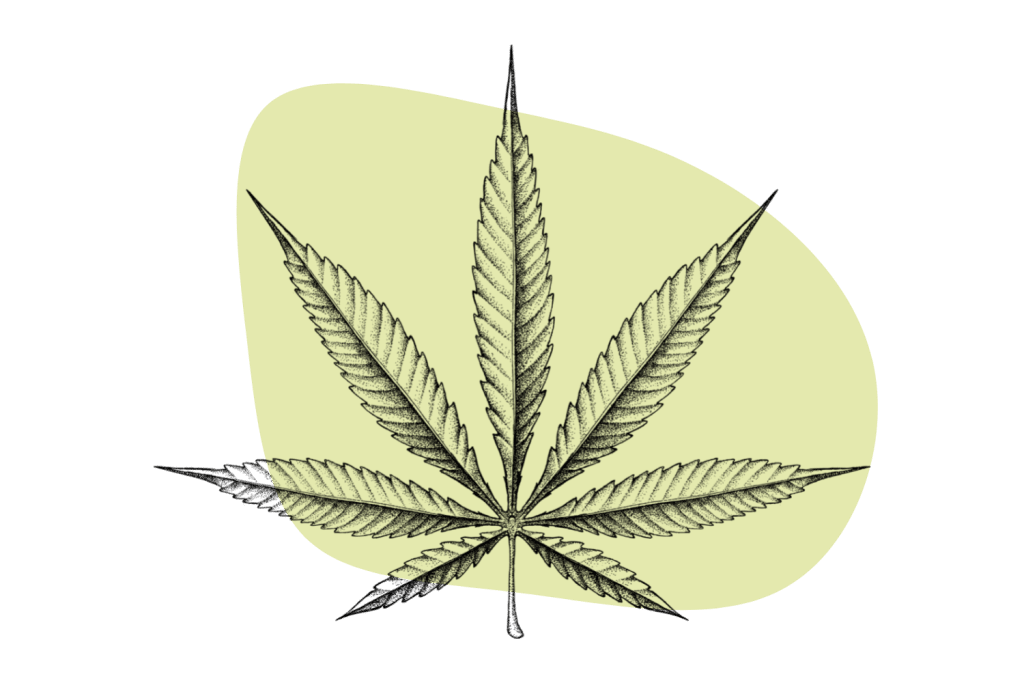
What Does Science Say About Microdosing THC?
Several scientific studies indicate THC and other cannabinoids can produce beneficial responses through their interaction with the body’s endocannabinoid system (ECS).
The ECS controls many of the body’s core functions, including memory function, emotional response, sleep, temperature, pain control, inflammatory response, and immune response [3]. When certain cannabinoids are ingested, they can trigger these responses to our benefit.
According to some studies, consuming low doses of THC and other cannabinoids present in cannabis may help ease certain ailments and improve life quality.
One study (mentioned earlier) reported that a low dose of THC impacted the stress levels of a group of people going into a mock interview [1].
The study consisted of two groups — one that took a 7.5 mg dose and one that took a 12.5 mg dose of THC. The low-dose group showed signs of decreased stress, an elevation in mood, and increased emotional stability. By contrast, the high-dose group had an increase in negative mood and a raised stress level.
Another two recent studies looked at the effects of tetrahydrocannabinol on age-related cognitive decline in old mice. Both studies concluded that long-term treatment of low-dose THC did, in fact, restore signs of cognitive decline [4,5].

Will Microdosing THC Make You Fail a Drug Screening?
Unfortunately, yes. Microdosing THC could make you fail a drug test.
Drug tests, especially those used to indicate the use of some of the more common substances, are extremely accurate. Modern cannabis tests can show positive for even the slightest amount of THC in the bloodstream.
Even full-spectrum CBD products with less than 0.3% THC can trigger a positive reading on a drug test, even though THC at these minute levels is legal in most countries.
There is a glimmer of hope, though.
Due to the fact that microdosing involves the ingestion of such a small amount of the psychoactive cannabinoid THC, there’s a high chance that it will exit your system quickly. If you’re not a regular user of cannabis, your body may expel the trace amounts of THC in as little as three days. However, this is dependent on several different factors.
If you regularly microdose once or twice daily and have been doing so for several weeks or months, you will have a build-up of THC in the fat storage cells of the body. This means it will take longer for your body to eliminate the THC entirely.
If you’ve been consuming microdoses of THC daily for over a month, you can expect it to take at least two weeks to flush from your system fully.
If you haven’t been regularly taking microdoses of THC and don’t consume any other cannabis products, the substance will likely clear from your body in a matter of days.
It’s best to play it safe if you’re subject to random drug tests in your job role and refrain from using THC products entirely. There are other cannabinoid products to experiment with, such as CBD isolate or broad-spectrum CBD, that don’t contain THC and, therefore, don’t produce a positive drug test.
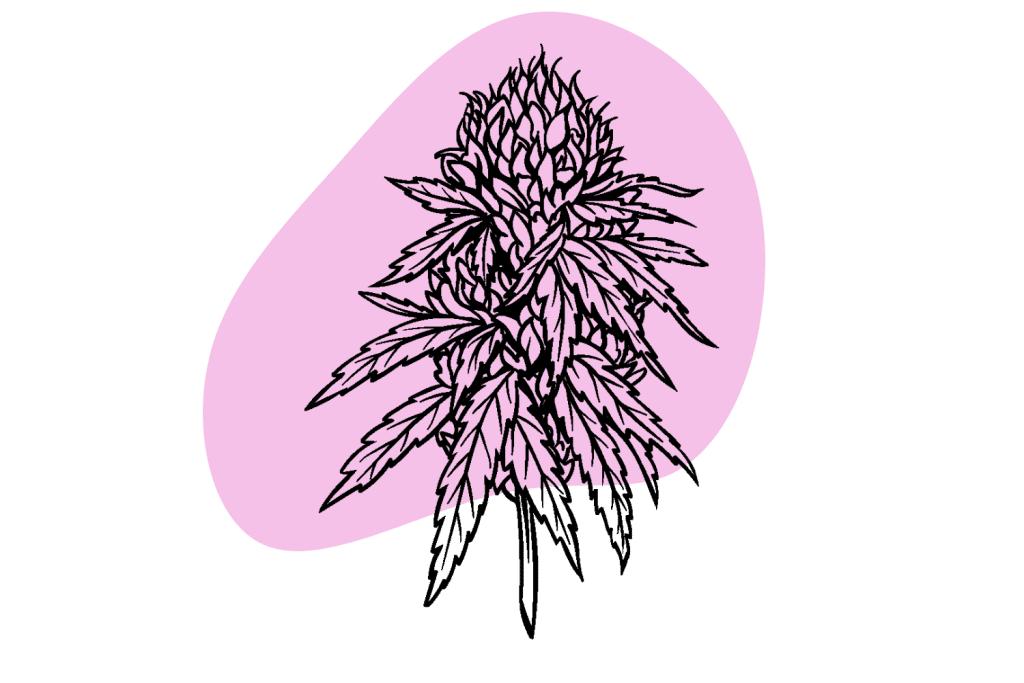
Final Thoughts: Microdosing THC & Marijuana
Microdosing has been a practice in the psychedelic world for decades. It’s certainly not a new concept, but microdosing THC is a fairly new topic of conversation.
Microdosing cannabis is becoming all the more popular, partly because of the new research that’s come to light about the potential benefits. Now, people are looking for ways to receive the potential benefits of THC without inducing an intoxicating high — something possible through microdosing.
Some studies have now uncovered that low doses of this psychoactive cannabinoid may actually be more effective than high doses. This is especially true when looking at the treatment of mood disorders and emotional stress.
One thing is for sure, THC microdosing is here to stay. More and more cannabis companies are releasing low-dose THC products, and people are buying them. If you want to try microdosing THC, we recommend using tinctures, oils, edibles, or capsules — these are the most accurate forms of ingestion if you desire a low dose.
Less is definitely more in the beginning. Start off with a minimal dose of around 2.5 mg and increase the potency of the amount steadily if you feel you need it.
References
- Childs, E., Lutz, J. A., & de Wit, H. (2017). Dose-related effects of delta-9-THC on emotional responses to acute psychosocial stress. Drug and alcohol dependence, 177, 136-144.
- Russo, E. B. (2019). The case for the entourage effect and conventional breeding of clinical cannabis: no “strain,” no gain. Frontiers in plant science, 1969.
- Zou, S., & Kumar, U. (2018). Cannabinoid receptors and the endocannabinoid system: signaling and function in the central nervous system. International journal of molecular sciences, 19(3), 833.
- Bilkei-Gorzo, A., Albayram, O., Draffehn, A., Michel, K., Piyanova, A., Oppenheimer, H., … & Zimmer, A. (2017). A chronic low dose of Δ 9-tetrahydrocannabinol (THC) restores cognitive function in old mice. Nature medicine, 23(6), 782.
- Sarne, Y. (2019). Beneficial and deleterious effects of cannabinoids in the brain: the case of ultra-low dose THC. The American Journal of Drug and Alcohol Abuse, 45(6), 551-562.


